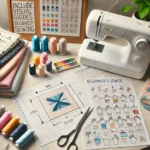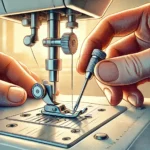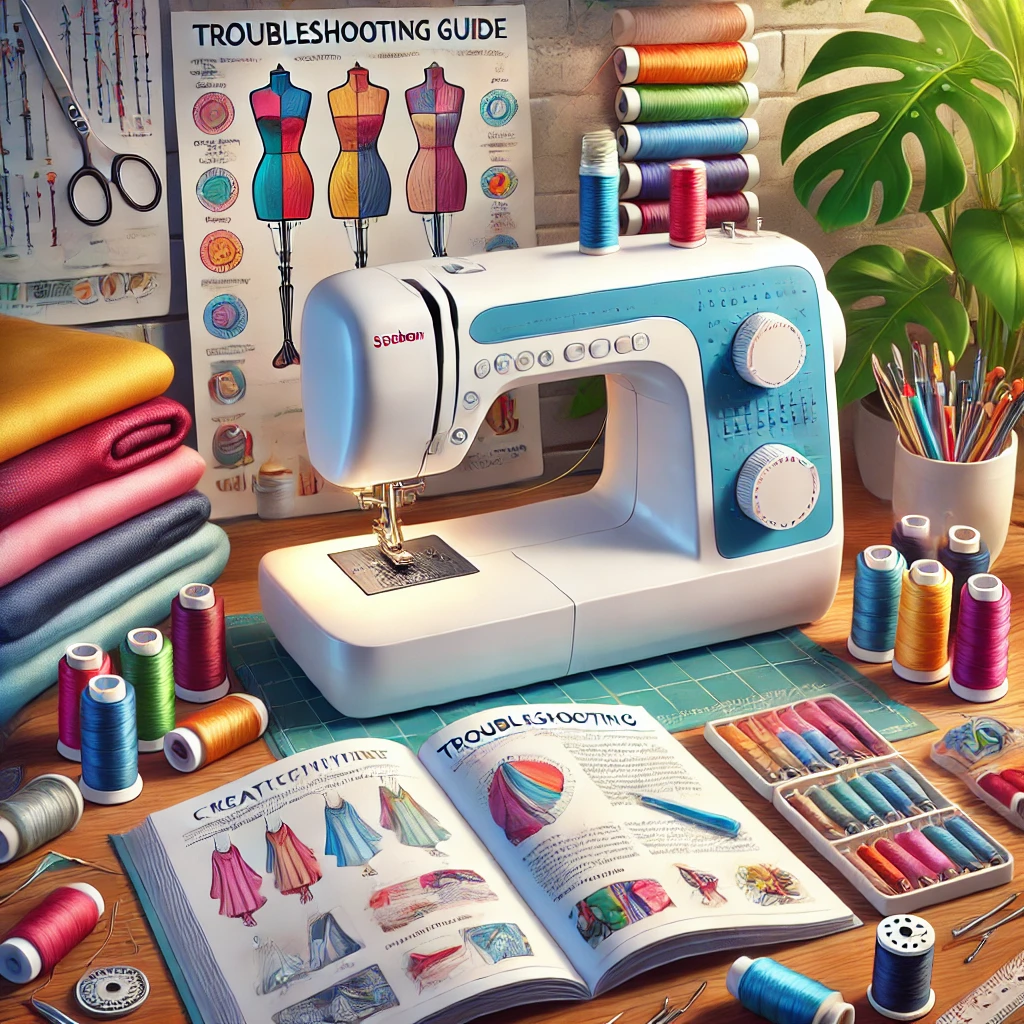Sewing machines and precise measurement techniques are essential for garment design. This guide summarizes key types of sewing machines, their functions, and measurement methods for accuracy.
Sewing Machines and Their Functions
- Straight Stitch Machine:
- Function: Basic straight stitching for constructing garment seams.
- Stitch Types: Straight stitch.
- Application: Joins fabric pieces and creates main garment structures.
- Overlock Machine (Serger):
- Function: Finishes fabric edges and prevents fraying.
- Stitch Types: Overlock (3-thread, 4-thread, or 5-thread).
- Application: Ideal for edge finishing and stretchy seams.
- Zigzag Machine:
- Function: Creates zigzag stitches for decoration and reinforcement.
- Stitch Types: Zigzag stitch.
- Application: Elastic stitching, decorative work, and edge finishing.
- Buttonhole Machine:
- Function: Crafts durable, precise buttonholes.
- Stitch Types: Buttonhole stitch.
- Application: Adds buttonholes to shirts and garments.
- Embroidery Machine:
- Function: Adds intricate embroidery designs.
- Stitch Types: Embroidery stitch.
- Application: Embellishes garments and accessories.
- Blind Hem Machine:
- Function: Creates nearly invisible hems.
- Stitch Types: Blind hem stitch.
- Application: Hems skirts, dresses, and pants professionally.
- Industrial Sewing Machine:
- Function: Heavy-duty stitching for large-scale use.
- Stitch Types: Varies (straight, zigzag, overlock).
- Application: Works on thick fabrics and leather.
Measurement Techniques
Accurate measurements are key to well-fitted garments. Standard tools and alternative methods can ensure precision.
- Measuring Tape:
- Flexible tape marked in centimetres and inches.
- Applications: Measures body dimensions (e.g., bust, waist, hips) and fabric needs.
- Features: Centimetre scale for fine details; inch scale for ease of calculation.
- Alternative Measurement References:
- Everyday items like A4 paper (11.69 inches).
- Conversions:
- 1 inch = 2.54 cm.
- 1 meter = 100 cm or 39.37 inches.
Practical Tips:
- Adding Ease:
- Essential for comfort in necklines and other areas.
- Specific allowances ensure fit without distortion.
- Measurement Guidelines:
- Divide measurements into 16 parts for precision.
- Use references when standard tools are unavailable.
Conclusion
Mastering sewing machines and measurement techniques ensures efficient garment creation and a perfect fit every time. These skills are the backbone of professional tailoring and design.












